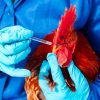The Essential Role of Silage Bags in Kenyan Farming
In the ever-evolving landscape of Kenyan agriculture, the importance of efficient storage solutions cannot be overstated. Among these solutions, silage bags stand out as a game-changer for farmers across the country. Let’s delve into the significance of silage bags and how they are revolutionizing farming practices in Kenya.
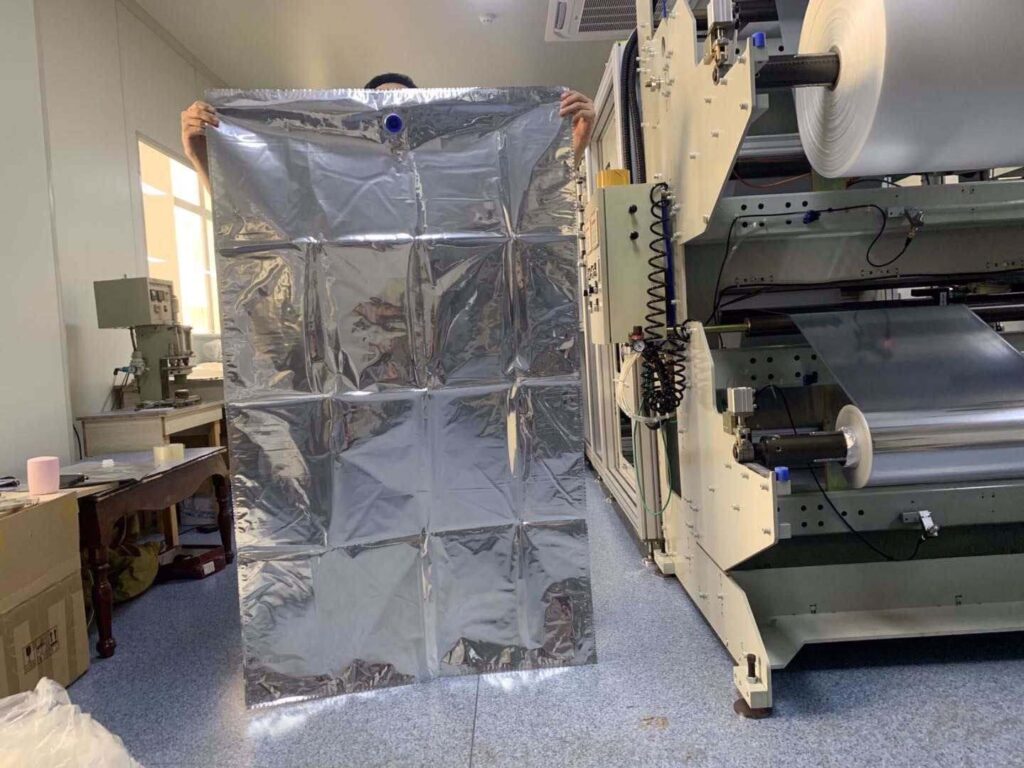
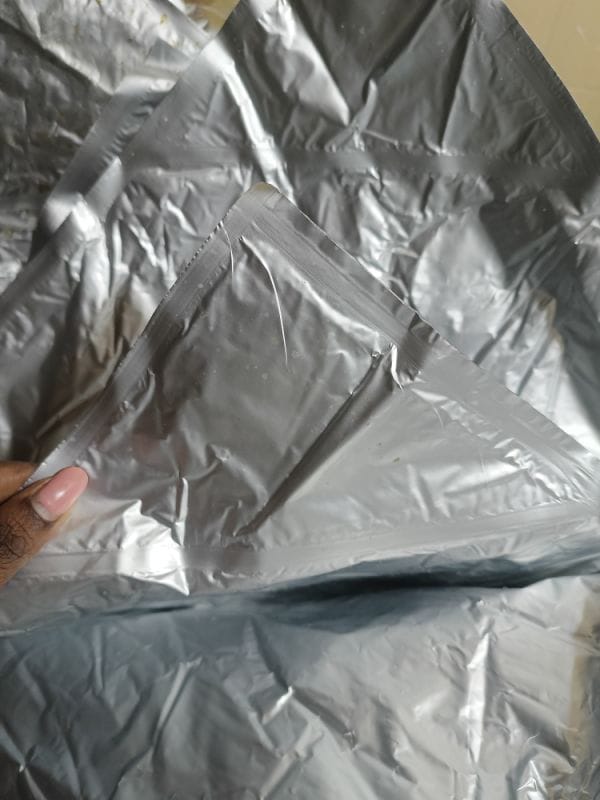
Optimal Aseptic Packaging for Silage Preservation
Silage bags are designed with aseptic packaging in mind, making them ideal for preserving silage, a staple feed for livestock in Kenya. The plastic eco-plastic juice bags used for silage bags feature a surface handling technique known as gravure printing, ensuring clarity and durability. This meticulous construction guarantees that the silage remains uncontaminated, maintaining its nutritional value for the animals.
Triple-layered Protection for Maximum Preservation
One of the standout features of silage bags is their triple-layered structure, combining PA/PE and PE materials with an aluminum foil outer barrier. This robust composition acts as a formidable shield against external elements, safeguarding the silage from spoilage and degradation. Kenyan farmers can rest assured that their silage remains intact, and free from gas or water leakage, even in challenging weather conditions.
Efficient and Leakproof Design
The innovative design of silage bags prioritizes functionality and efficiency. With a capacity of 250 liters, these bags offer ample space for storing silage, catering to the needs of both smallholder farmers and large-scale operations. Additionally, their leakproof seal and heat seal handle ensure that the silage remains securely enclosed, preventing any nutrient loss or contamination during storage.
Promoting Fast and Reliable Fermentation
Silage bags play a crucial role in expediting the fermentation process, a key step in preserving silage for prolonged use. The airtight seal created by these bags accelerates fermentation, allowing farmers to harvest and store silage efficiently. This fast fermentation not only preserves the nutritional quality of the silage but also minimizes wastage, maximizing resource utilization on Kenyan farms.
Supporting Sustainable Farming Practices
In the pursuit of sustainable agriculture, silage bags emerge as an environmentally friendly option for storing feed. Their reusable nature and minimal environmental footprint make them a preferred choice among eco-conscious farmers. By opting for silage bags, Kenyan farmers contribute to the conservation of resources while enhancing the productivity and profitability of their operations.
Conclusion: Embracing Innovation in Kenyan Agriculture
As Kenyan farmers navigate the challenges of modern agriculture, embracing innovative solutions like silage bags becomes imperative. These aseptic packaging marvels offer unparalleled protection and efficiency, revolutionizing the way silage is stored and utilized. By harnessing the power of silage bags, farmers in Kenya can unlock new levels of productivity, sustainability, and success in their farming endeavors.
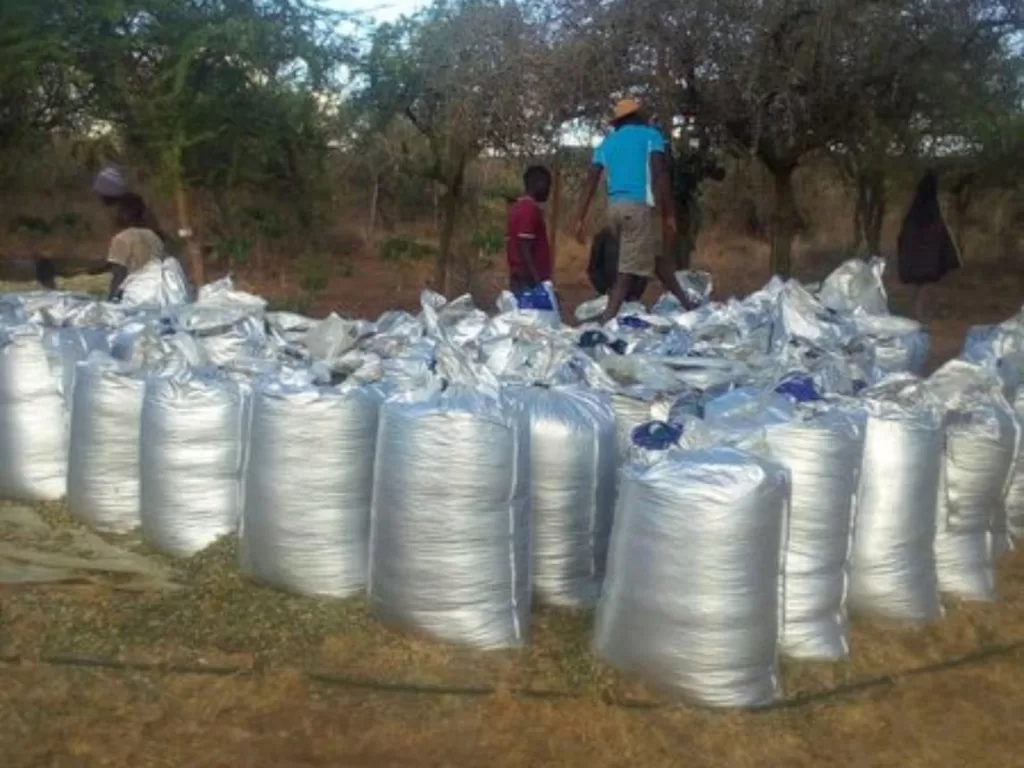
How to make Silage
Making silage with corn and molasses, along with the use of inoculants, is a proven method for preserving and enhancing the nutritional quality of livestock feed. Here’s a step-by-step guide on how to make silage using these ingredients and our 250kg silage bags:
Ingredients and Equipment:
- Chopped corn (maize) plants
- Molasses (for enhancing fermentation)
- Inoculants (optional, for promoting rapid fermentation)
- Silage bags (250kg capacity)
- Chopping equipment (chaff cutter or forage harvester)
- Plastic sheeting (for covering silage piles)
Step 1: Crop Harvest and Chopping
- Harvest the corn plants when they reach the optimal moisture content for ensiling, typically between 60-70%.
- Chop the corn plants into small pieces using a chaff cutter or forage harvester. The length of the chop should be suitable for the size of the silage bags.
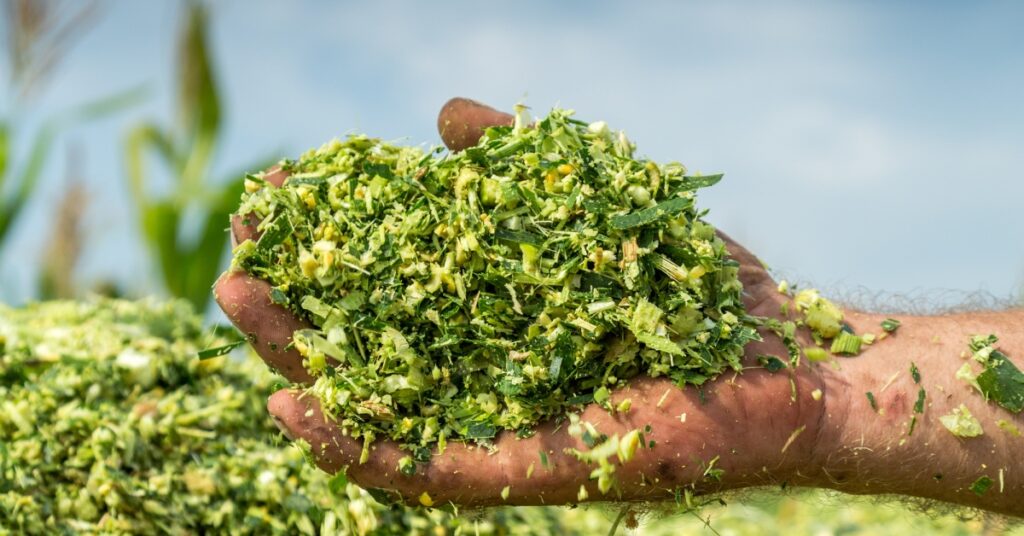
Step 2: Mixing and Treating 3. Place the chopped corn into a silage mixing pit or large container.
- Add molasses to the chopped corn at a rate of approximately 2-4% of the total dry matter content. Molasses acts as a source of sugar, promoting fermentation and enhancing palatability.
- If desired, incorporate inoculants into the mixture according to the manufacturer’s instructions. Inoculants contain beneficial bacteria that accelerate fermentation and improve silage quality.
Step 3: Packing the Silage Bags
6. Fill the 250kg silage bags with the treated corn mixture, ensuring uniform distribution and proper compaction.
- Seal the bags tightly to exclude air, using heat-sealing equipment if necessary. This airtight seal is essential for creating anaerobic conditions within the silage bags, facilitating fermentation.
- Store the sealed silage bags in a cool, shaded area away from direct sunlight to prevent spoilage.
Step 4: Fermentation and Maturation
9. Allow the silage bags to undergo fermentation for 3-4 weeks. During this time, lactic acid bacteria will proliferate, reducing pH and preserving the silage.
- Periodically check the silage bags for signs of gas production or spoilage. If any bags show signs of damage or deterioration, remove them from storage immediately.
- Once fermentation is complete, the silage can be fed to livestock as needed. Open the bags carefully to minimize exposure to air and spoilage.
Step 5: Monitoring and Management
12. Regularly monitor the quality of the silage by inspecting its color, smell, and texture. High-quality silage should have a sweet, fermented odor and a moist, dark green color.
- Rotate the silage bags periodically to ensure uniform fermentation and prevent spoilage.
By following these steps and utilizing our 250kg silage bags, Kenyan farmers can efficiently produce high-quality silage from maize corn and molasses, providing a nutritious and cost-effective feed source for their livestock throughout the year.
Microbial inoculants are products that contain beneficial microorganisms such as bacteria (Azospirillum, Bacillus, Pseudomonas, Rhizobium, Serratia, Stenotrophomonas, and Streptomyces), fungi ((Ampelomyces, Coniothyrium, and Trichoderma), and mycorrhizae (Berg, 2009).

